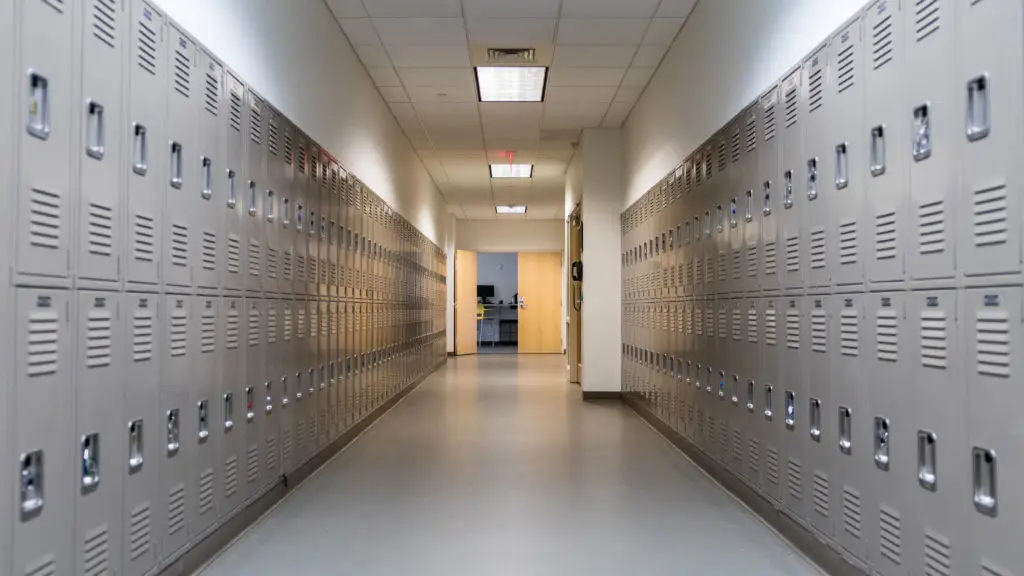In summer 2020, CRPE, with support from the Barr Foundation, began observing and learning from students, parents, and educators in New England high schools as they navigated the uncertainty of the pandemic. We wanted to see what challenges and opportunities they faced, the ways in which they adapted to disruptions, and the new strategies and capacities that took hold.
After more than a year of disruption, the boundaries of what it means to “reinvent” high school stretched, and in some systems, the momentum for change accelerated. Students and teachers learned to work in new ways and reached new understandings about each other. When COVID wanes, schools will encounter a host of new and complex demands as they make sense of the pandemic’s challenges and opportunities, including addressing unfinished learning, spending a tidal wave of federal funding, and navigating continued calls for racial and social justice amid a national culture war.
The path forward raises a host of critical questions:
- Will school systems leverage momentum from the pandemic to remake high school? If so, what adaptations and innovations will they embrace? And which students will benefit from these shifts?
- How do school system leaders, educators, families, and students redefine success in high school? To what extent and how are these aspirations reflected in the adaptations and innovations that school systems embrace?
- What opportunities and obstacles do school system leaders, educators, families, and students confront as they seek to chart a new course to high school? How can they avoid the pitfalls that threaten to stall progress, especially for the most marginalized students?
As the pandemic endures, and as we emerge from it, CRPE will continue to investigate whether and how the trends described lead to a more equitable, student-centered high school experience. In this effort, Think Forward New England explores not only what shifts emerge postpandemic but also why, for whom, and with what effect.






